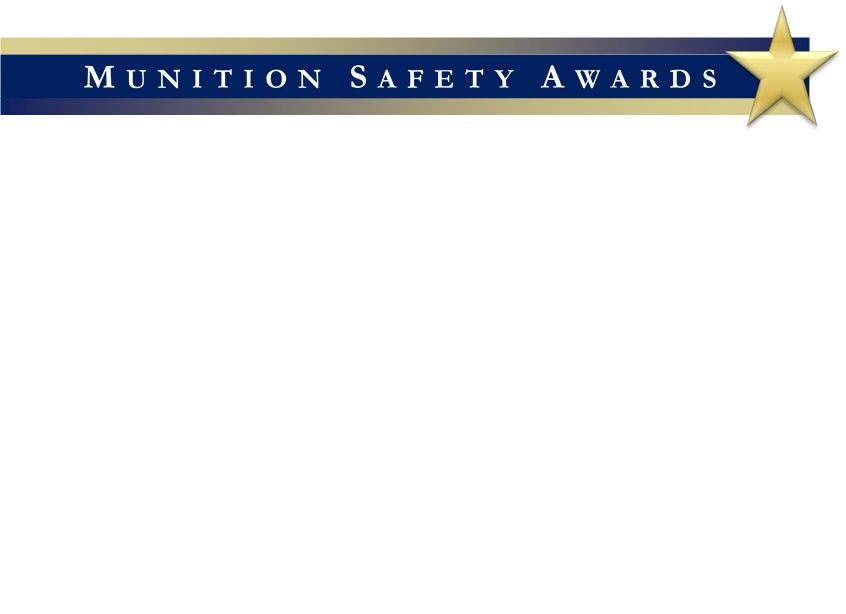O-202 Results Of The Improved Explosives And Munitions Risk Management Workshop
October 2019
Martijn van der Voort, Matthew Andrews, Christelle Collet, Ernest Baker, Michael Sharp The Improved Explosives and Munitions Risk Management (IEMRM) workshop was held from 10 to 14 September 2018, in Granada, Spain. The aim of the workshop was to exploit an improved understanding of munitions vulnerability and consequences to deliver improvements in munitions risk management. The IEMRM workshop brought together three communities related to Hazard Classification (HC), Insensitive Munitions (IM), and Explosive Storage Safety. There was an excellent participation of 73 researchers, policy makers, and practitioners from 12 MSIAC nations.
It was concluded that the current HC system is fit for its purpose of identifying the hazard from articles during peacetime transportation. The limitations have also been identified, which has led to a preliminary proposal that predicts “Hazard Types” throughout the lifecycle, based on relevant threats as well as changing munition configurations. Various recommendations have been made for HC to better inform Quantity Distances (QD) and Quantitative Risk Analysis (QRA).
There was a common understanding that the prediction of blast, primary fragmentation, secondary debris and thermal effects is well established for (mass) detonations. It was concluded that there are many challenges for the prediction and validation of physical effects for less violent (sub-detonative) munition responses, in particular for “deflagration” and “explosion”. This led to recommendations to develop quantitative definitions of the reaction rate (lower and upper limit), and to better store collate and analyse blast, fragmentation and thermal data in IM tests.
There was a common understanding that the prediction of blast, primary fragmentation, secondary debris and thermal effects is well established for (mass) detonations. It was concluded that there are many challenges for the prediction and validation of physical effects for less violent (sub-detonative) munition responses, in particular for “deflagration” and “explosion”. This led to recommendations to develop quantitative definitions of the reaction rate (lower and upper limit), and to better store collate and analyse blast, fragmentation and thermal data in IM tests.
A general conclusion is that a lower reaction rate typically leads to larger fragment- and debris masses, while their launch velocities decrease. Various recommendations have been made for the development of models that can predict reduced physical effects and potential reduction in initiation probability. The “whole body of evidence” approach with multiple repetitions of IM tests, is a way forward to generate sufficient input. Also it has been discussed how this information can be implemented in QD and risk standards.
Special attention has been drawn to confined combustion of propellant in storage magazines, which may lead to over pressurization, break-up and a secondary debris hazard. This is an issue for HD1.3 but also for other HD containing propellant.
The various conclusions and recommendations will be addressed within the AC/326 SGs and working groups. Also three new work elements have been defined at MSIAC for the 2019-2020.





